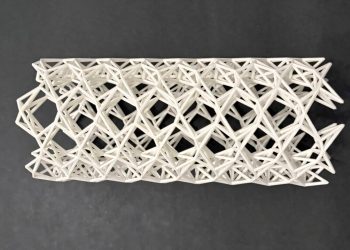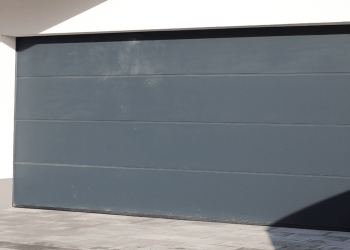With an outstretched front leg and an inclined tail, the creature that fell on wet concrete in Chicago left quite a memento mori.
Today, researchers claim to have unmasked the victim’s identity, revealing that the famous “rat hole” was most likely dug by a squirrel.
The unusual print, which was named “Splatatouille” in a public naming contest, is believed to have been made on West Roscoe Street several decades ago, but attracted a new wave of attention after a comedian shared a photo of it on social media in early 2024. The print was removed later that year when city officials decided that sections of the sidewalk needed to be replaced due to the damage.
Although the unfortunate animal probably died creating the print (there is no trace leading away from the print), a long-standing enigma is whether the victim was a Norway rat, as was initially assumed.
“I think it’s an eastern gray squirrel. I think that’s what the evidence most supports,” said study first author Dr. Michael Granatosky of the University of Tennessee, Knoxville.
In the journal Biology Letters, Granatosky and colleagues report how they examined a list of 37 mammal species observed in Chicago, excluding those that were very rare or did not have visible features in the footprint.
Among the remaining eight species were the Norway rat, Eastern gray squirrel, Eastern chipmunk, and muskrat.
With the imprint removed, the researchers used publicly available photographs to measure anatomical features such as head width. They then took the same measurements from the museum skins prepared for each of the eight candidates.
Although none matched the footprint exactly, the researchers’ analysis found that the eastern gray squirrel, fox squirrel or muskrat had the closest measurements. The eastern gray squirrel, they added, was the most likely victim, because eastern gray squirrels were more common in Chicago than the other two species.
“We therefore propose that the specimen be renamed ‘windy city sidewalk squirrel’ – a name more appropriate to its likely origins and more consistent with available evidence,” the team wrote.
Granatosky added that the spreading of the unset concrete could explain why the print was somewhat larger than would be expected for such a squirrel, while the researchers said their conclusion about the animal’s identity was supported by the fact that the concrete was wet at the time of the print – a situation that was more likely during the day, when squirrels tended to be active. Additionally, they noted that the animal appeared to have fallen from a height – an idea also supported by reports of nearby trees.
Although the print showed no signs of a bushy tail, the researchers said this was not surprising because small-scale details such as hairs were better preserved in very fine silt rather than concrete.
Granatosky added that the study, while somewhat frivolous in its subject matter, not only highlighted the power of science to address all sorts of questions, but also revealed how difficult it could be to interpret the traces left by organisms – a cornerstone of paleontology.
“When we walk through mud, or concrete in this case, things spread out, things move, there are many different layers in the track, and so it’s a hard science,” he said.









